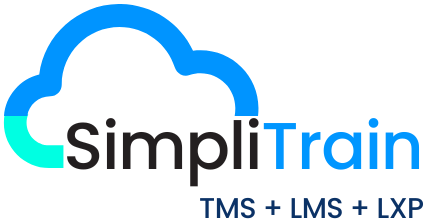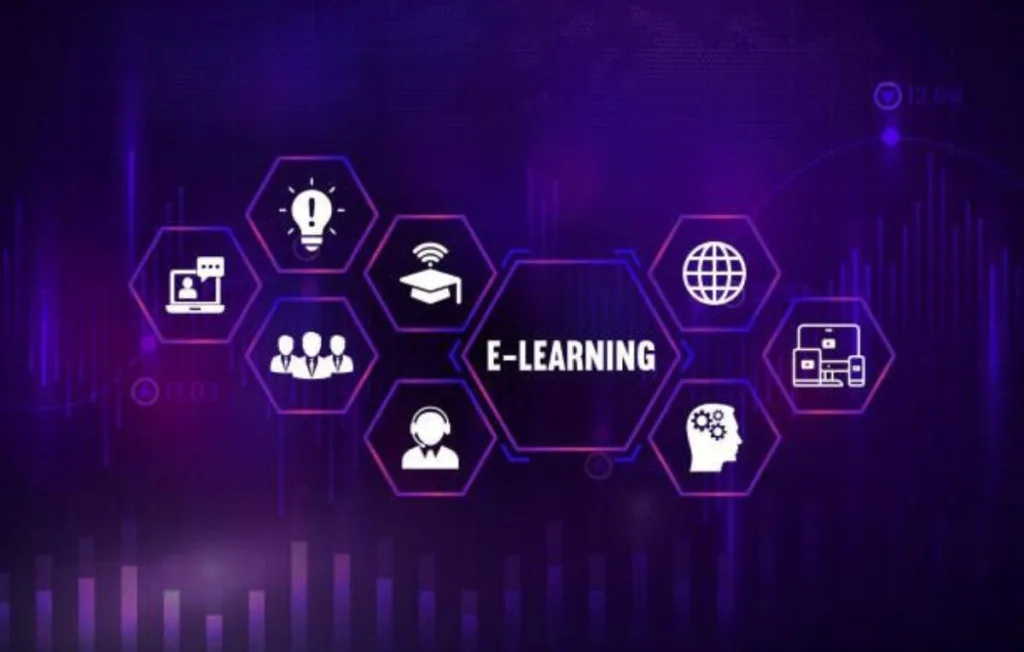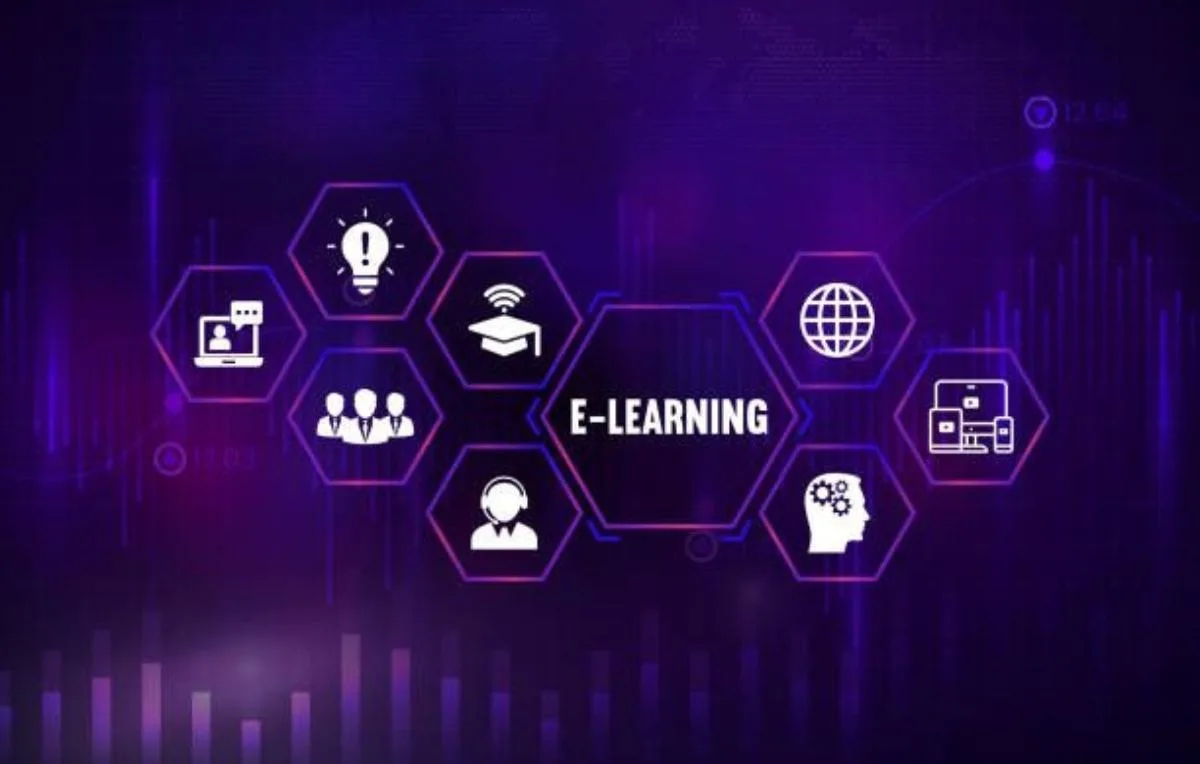Not just a product, but an integrated platform that powers organizational learning, customer education, and partner enablement.
Introduction: Moving Beyond the Traditional LMS
For many organizations, the term LMS (Learning Management System) conjures images of a course catalog, a login page, and a place where compliance training lives. While that’s still true for some legacy systems, the reality is that learning today is much bigger, broader, and more strategic. Organizations no longer want just an LMS; they want a complete learning ecosystem that fuels growth, improves employee performance, educates customers, and strengthens partner networks.
A learning ecosystem is not a single tool. It’s a platform-driven approach that integrates multiple technologies, aligns with business goals, and creates a seamless experience for every learner whether they’re an employee, a client, or a partner.
From LMS to Learning Ecosystem
So, what’s the difference between a basic LMS and a learning ecosystem?
- An LMS focuses primarily on delivering and tracking learning content, often in a siloed way.
- A learning ecosystem connects learning with the wider business environment. It’s designed to be extensible, integrated, and personalized.
Think of it this way: if an LMS is the classroom, the learning ecosystem is the entire campus, complete with libraries, labs, study groups, technology, and faculty. It’s holistic, interconnected, and adaptive.
The Core Pillars of a Learning Ecosystem
A complete learning ecosystem goes beyond storing courses. It’s built on several interlocking pillars:
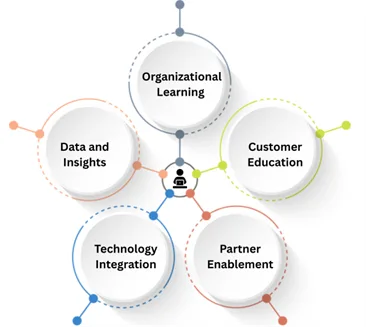
1. Organizational Learning
At its heart, a learning ecosystem supports internal workforce development. But unlike traditional training, it goes further by:
- Offering personalized learning pathways based on roles, skills, and performance data.
- Integrating with HRIS and performance management systems to link learning outcomes with career growth.
- Supporting microlearning and just-in-time resources so employees can access knowledge exactly when they need it.
This ensures learning isn’t a one-time event but an ongoing process that drives productivity and engagement.
2. Customer Education
Today’s customers expect more than a product, they expect knowledge and empowerment. A learning ecosystem can:
- Deliver self-service training portals for onboarding and product education.
- Offer certifications and micro-credentials that boost customer loyalty.
- Reduce support tickets by equipping customers with the know-how to solve issues independently.
When customers learn, they succeed. And when they succeed, they stay.
3. Partner Enablement
Channel partners, resellers, and affiliates play a crucial role in many businesses. A learning ecosystem supports them with:
- Role-specific training programs that ensure consistency across the partner network.
- Gamification and incentive programs that keep partners motivated.
- Analytics and reporting to track adoption and performance across different geographies.
By educating partners, companies create advocates who can represent their brand effectively in the market.
4. Technology Integration
A true ecosystem is only as strong as its integrations. Modern platforms connect seamlessly with:
- CRM systems (like Salesforce) to link learning with sales performance.
- Collaboration tools (like Microsoft Teams or Slack) to bring learning into daily workflows.
- Content libraries and authoring tools to continuously refresh training resources.
The result: a unified, frictionless learning experience.
5. Data & Insights
One of the biggest advantages of a learning ecosystem is its ability to generate actionable insights. With advanced analytics, organizations can:
- Track learner progress across multiple audiences.
- Measure ROI by linking training outcomes to business performance.
- Identify skill gaps and proactively design development strategies.
Learning becomes evidence-based rather than guesswork.
Why Organizations Need More Than an LMS
The shift from LMS to ecosystem is not just technological, it’s strategic. Here are three key reasons organizations are making the leap:
- Workforces Are Evolving
Remote and hybrid work models have created more distributed teams. A centralized but flexible ecosystem ensures consistent training across locations, roles, and devices. - Learning Extends Beyond Employees
Customers and partners now play a direct role in the growth of the business. Educating these groups is just as important as upskilling staff. - The Pace of Change is Accelerating
New tools, technologies, and compliance standards emerge constantly. Only a connected, agile ecosystem can adapt quickly enough to keep organizations ahead.
Benefits of a Complete Learning Ecosystem
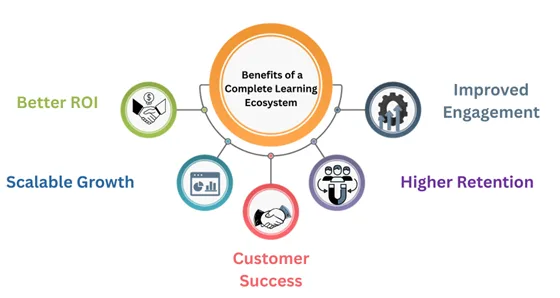
When organizations adopt a holistic approach, they see measurable impact:
- Improved Engagement: Personalized and contextualized learning increases adoption and completion rates.
- Higher Retention: Continuous development opportunities reduce turnover and boost loyalty.
- Customer Success: Well-trained customers use products more effectively, leading to higher satisfaction and renewals.
- Scalable Growth: Partners who are educated and motivated help extend reach without compromising quality.
- Better ROI: By linking learning directly to business metrics, organizations can prove and improve the value of training.
Building Your Learning Ecosystem: Where to Start
Shifting from LMS to ecosystem doesn’t happen overnight. Here are practical steps to get started:
- Define Business Goals First
Don’t start with technology, start with strategy. Clarify whether the goal is to improve employee performance, boost customer retention, or accelerate partner sales. - Map the Learner Journey
Think about the experiences of employees, customers, and partners. Where are the gaps? What do they need at each stage? - Choose a Flexible Platform
Look for a learning platform that integrates easily with your existing systems, scales with your needs, and supports multiple audiences. - Leverage Data Early
Build a foundation for measuring impact. Start small with basic KPIs (completion rates, satisfaction scores) and evolve into more advanced metrics (revenue growth, churn reduction). - Think Ecosystem, Not Silos
Adopt a mindset that learning should touch every part of the organization, not just HR. Bring in stakeholders from customer success, sales, product, and partner management.
The Future of Learning: Ecosystem Thinking
As businesses face constant disruption, learning has become the ultimate competitive advantage. But an LMS alone can’t carry that weight. Organizations need platforms that are dynamic, integrated, and learner-centric.
A complete learning ecosystem is more than a repository of courses, it’s a growth engine. It empowers employees to perform, customers to thrive, and partners to succeed. It connects learning with every aspect of the business.
And most importantly, it transforms learning from a cost center into a driver of measurable business value.
Conclusion
In today’s fast-moving world, an LMS isn’t enough. Organizations that want to stay ahead need a learning ecosystem, a connected, strategic platform that powers organizational learning, customer education, and partner enablement.
It’s not just about delivering training. It’s about creating an environment where knowledge flows seamlessly, where learning aligns with strategy, and where every stakeholder from employees to customers to partners can succeed.
